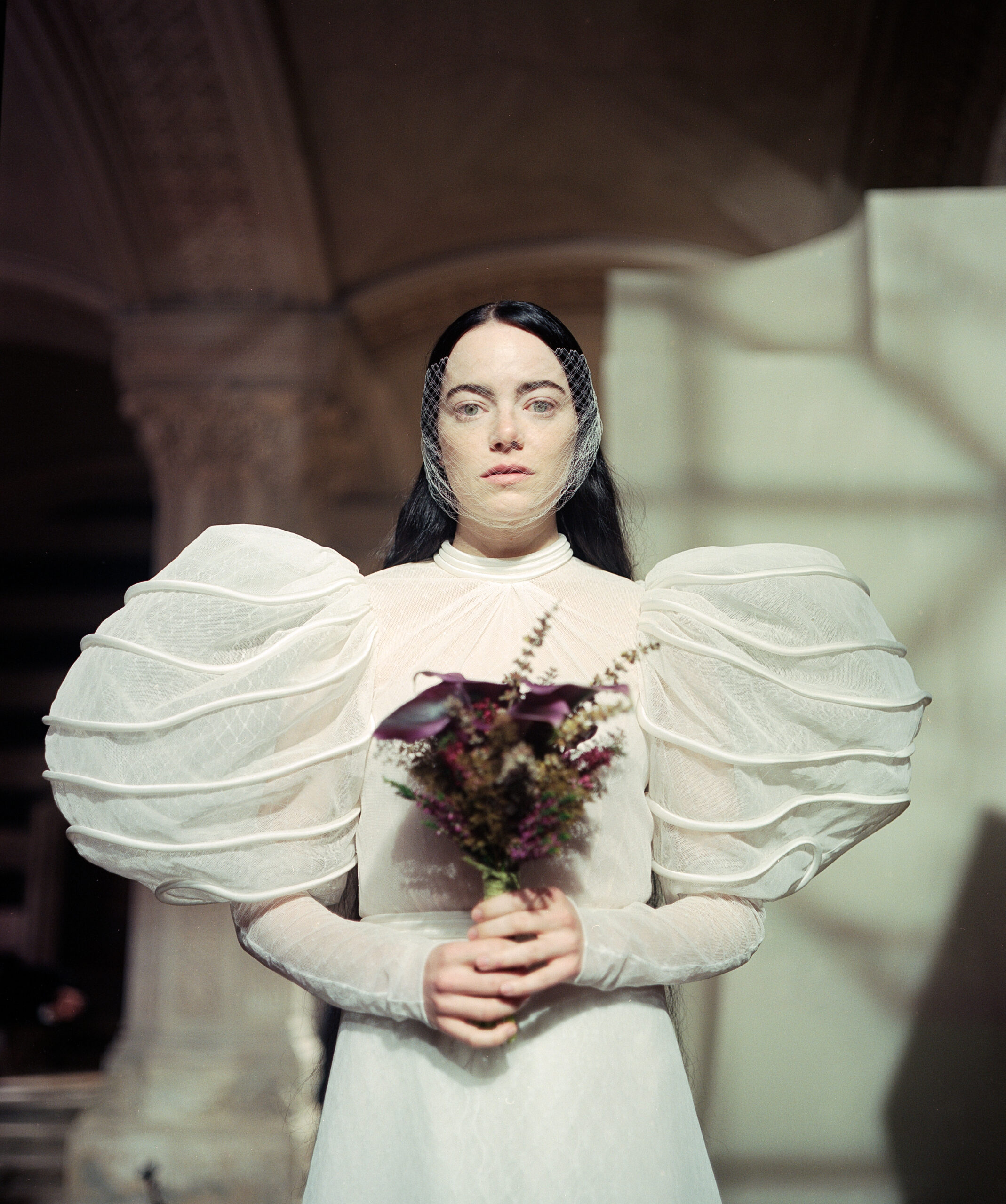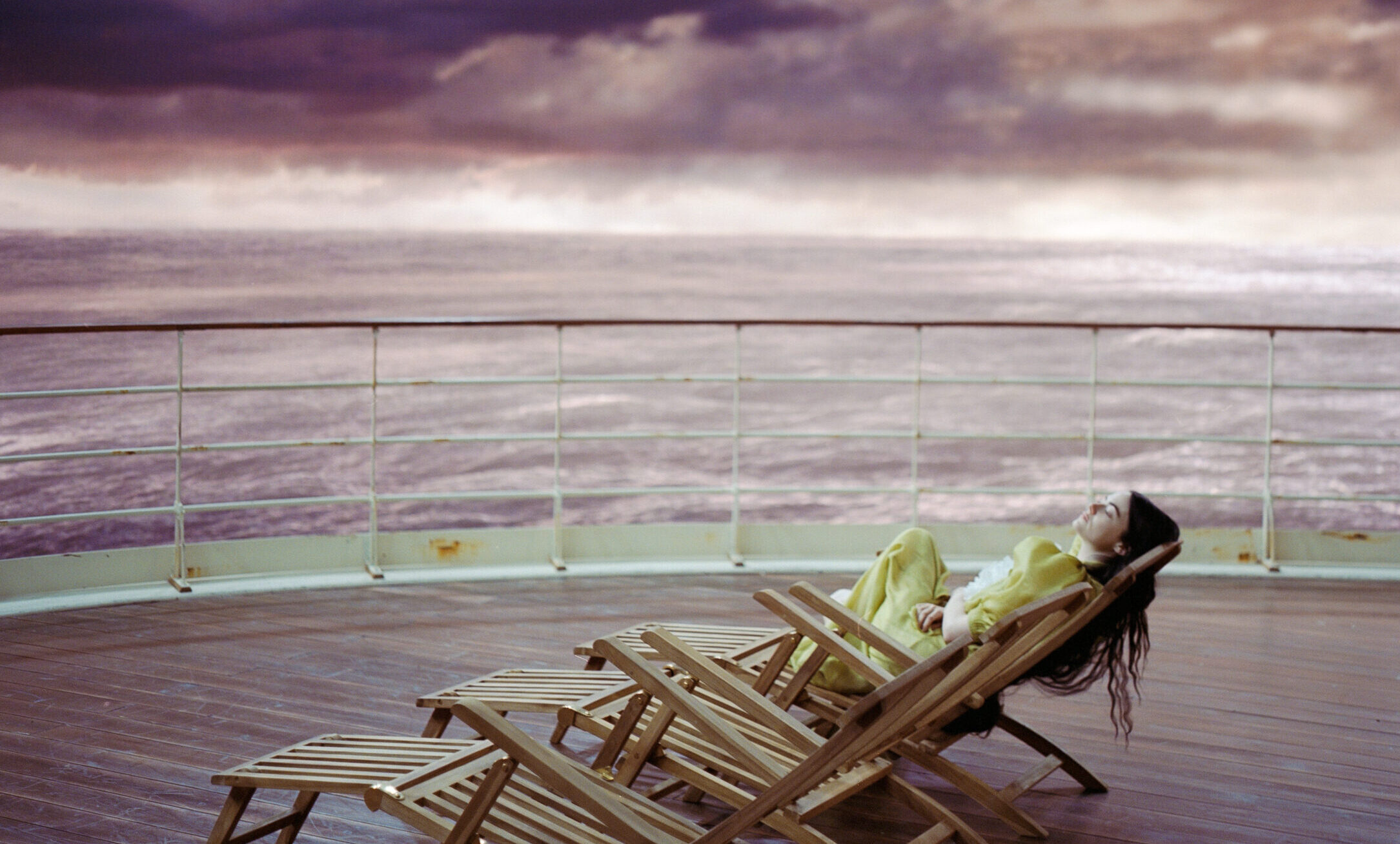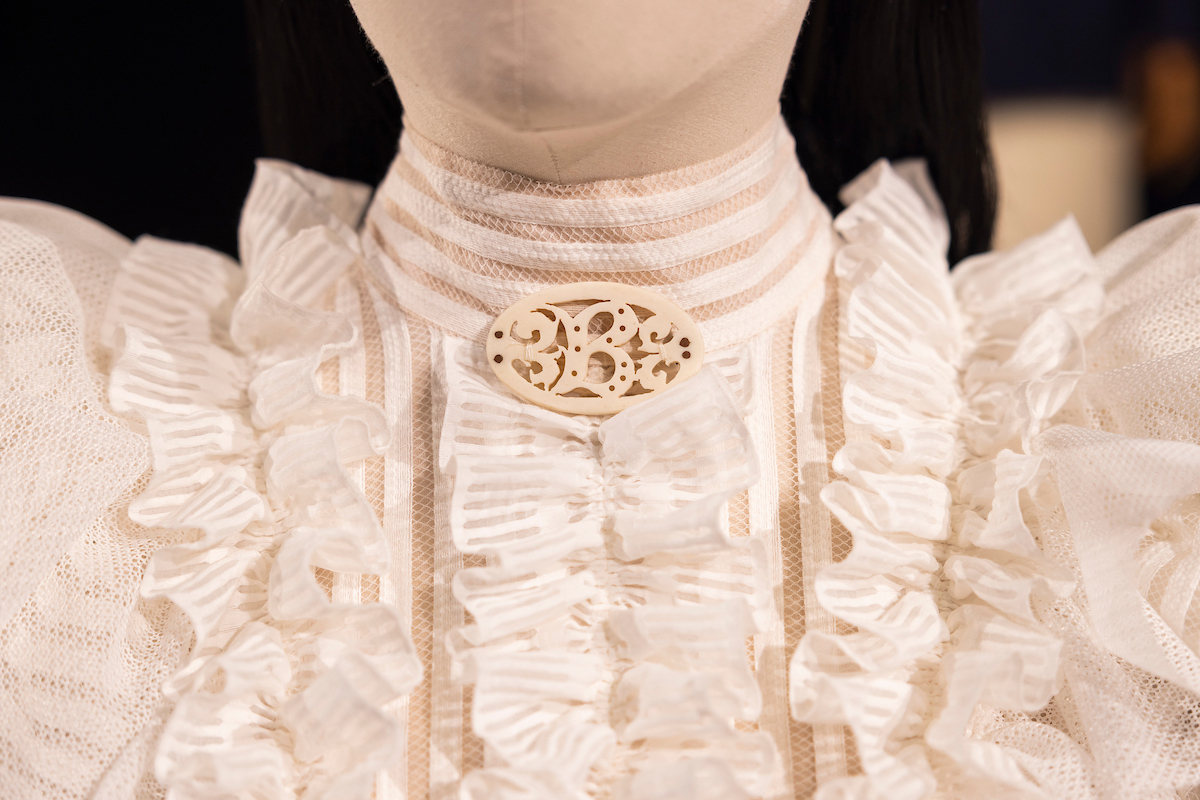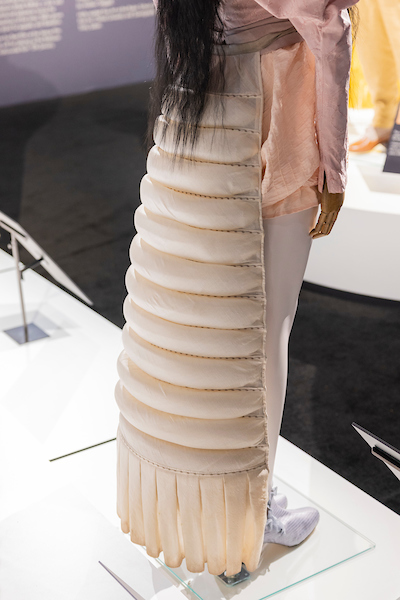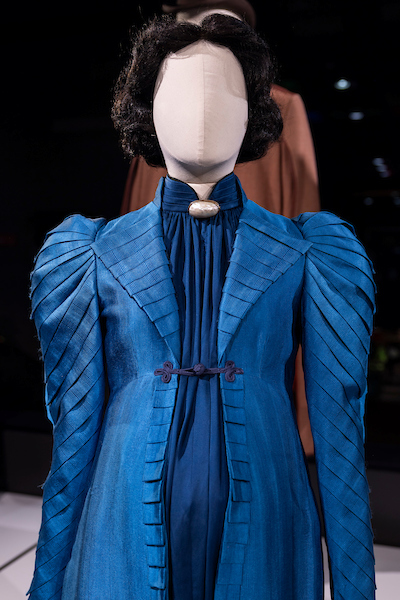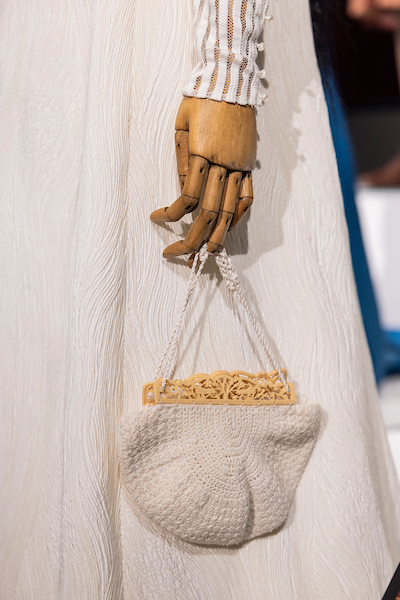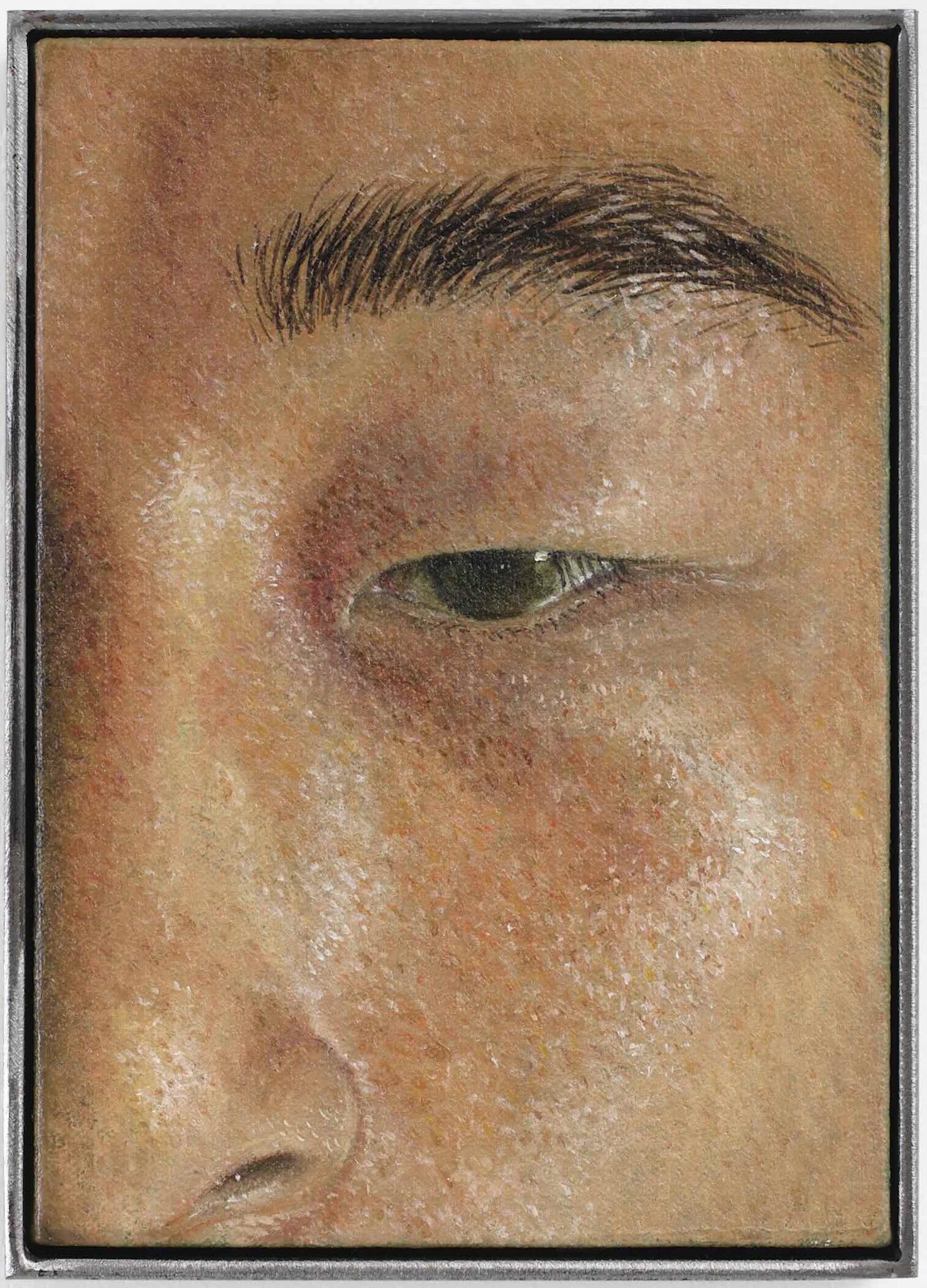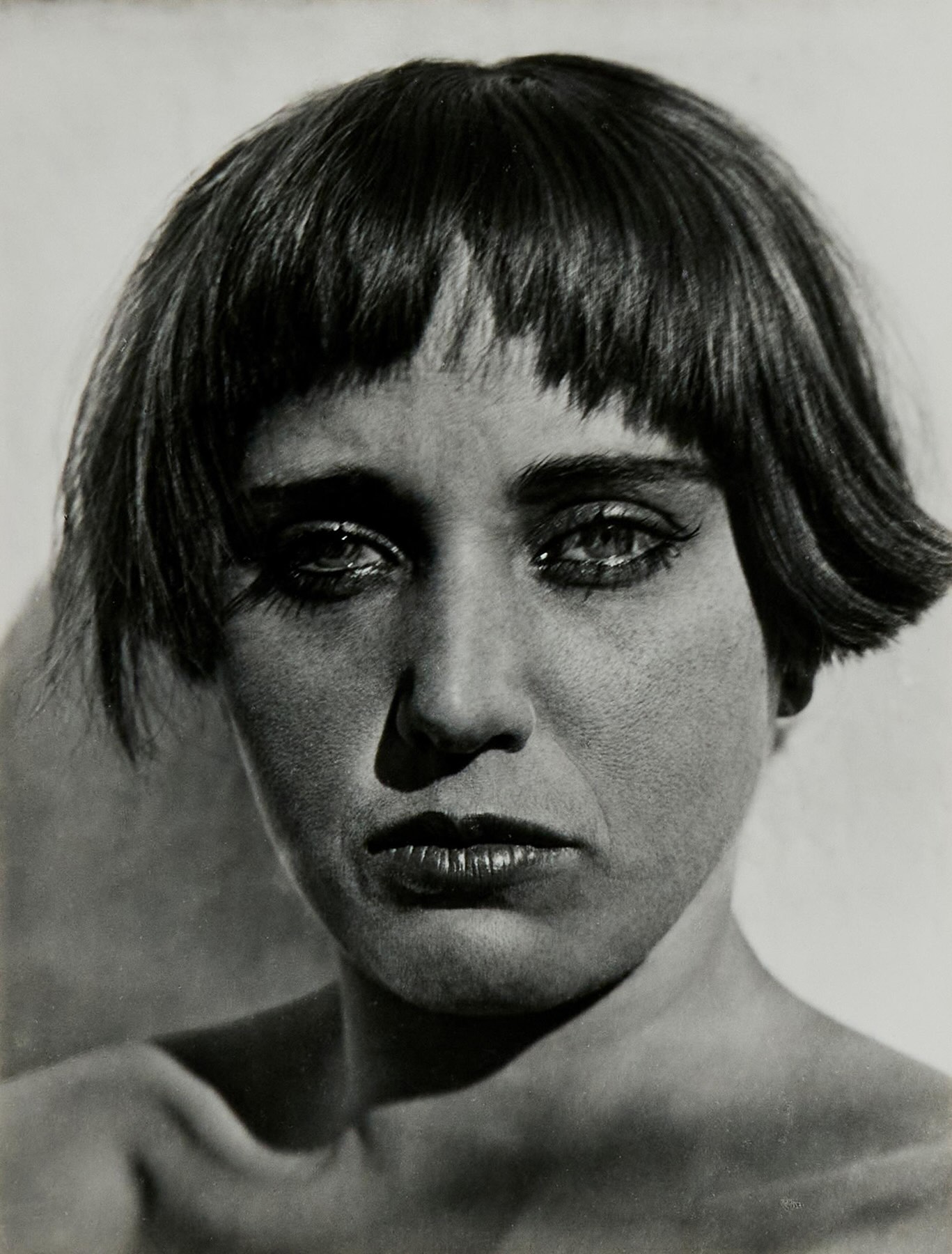The Costumes of Poor Things
Barbican Centre, London
From December 11th, 2023 until January 19th, 2024
During the early years of her new life, Bella Baxter wears panties, ruffles, quilted dresses, and baby-dolls. As she grows and discovers her voice and sexuality, Poor Things transitions to color, and the young woman’s wardrobe embraces more fitted structures. From white boots with contoured toes, directly from André Courrèges’ Space Era, Bella eventually turns to black when deciding to pursue a career in medicine: now she wants to blend in with her male colleagues, and the clothing becomes more serious. But in this lesson of authenticity, there are also skirts, shorts, bodices, flesh-colored blouses, crinolines, and puff sleeves, true visual protagonists of this story. As Holly Waddington, the film’s costume designer, explained, when Emma Stone began filming with Yorgos Lanthimos, their sizes restricted the camera angles: the sleeves inevitably conveyed a sense of power, of a woman occupying space, lungs full of breath, and air that ignited and revived the character. Influenced by the costumes of Busby Berkeley from the 1920s and French lingerie from the 1930s, the change in color palette follows the subtle sexual nuances of the film, a palette of soft pink shades resembling human skin. On display until January 24th at the Barbican Centre in London, the exhibition dedicated to the costumes used during the filming of Poor Things also includes the 120 cm extensions used on Emma Stone, becoming a symbol of a new steampunk-retrofuturistic and hyper-feminist aesthetic.
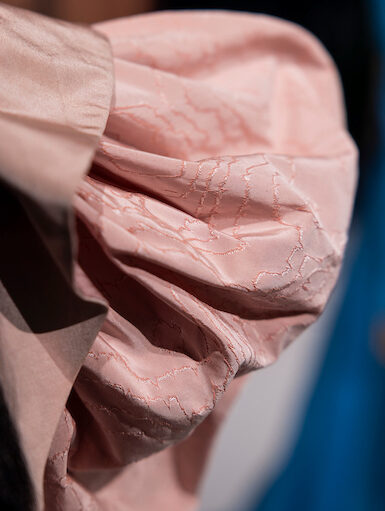
“I’m delighted that these costumes are going to be on display in this great cultural iconic building. I’ve always been a huge fan of the Barbican – its thrilling architecture and all of the wonderful things that go on here. I’m excited for visitors to the Barbican to be able to see these costumes up close.”
Paris, London, Lisbon, and Alexandria, Egypt, provide the backdrop for the film, but it is the costumes of Lanthimos’ new masterpiece that represent the social and sexual evolution of its protagonist. Influenced by the attire of Busby Berkeley from the 1920s and French lingerie from the 1930s, the change in palette follows the subtle sexual nuances of the film—a palette of soft pink shades resembling human skin. In the design of the costumes, the role and responsibilities of Holly Waddington go beyond the simple choice of clothes for the actors to wear. Patterns and fabrics serve as the visual translation of the story and the social evolution of an individual. The male characters in Poor Things are clad in Victorian garments, dark and constricting in a psychological and temporal rigidity; their palettes range from dark purple to gray and black. The only exception is Harry Astley, in line with a look more reminiscent of the 1930s and a subtly progressive mindset. On the contrary, Duncan Wedderburn follows a traditional look, a powerful and patriarchal figure that aspires to possess his partner to fulfill his own needs and desires. For Waddington, it is precisely the choice to play with his physical form, rounding it and minimizing the shoulders, that adds a grotesque touch to the characterization of a character who may seem avant-garde but truly isn’t.
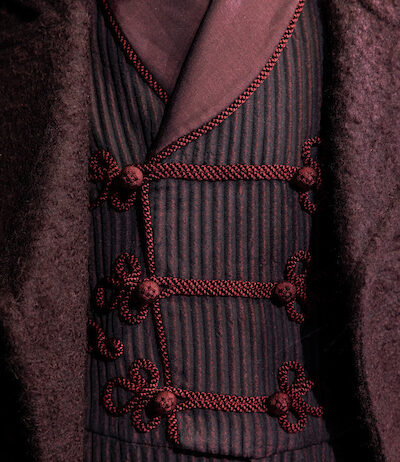
“I had boards with references to early 20th century French designer Madeleine Vionnet. She was the person who came up with the bias cutting in the 1930s. She did this dress in the 1930s called the Beehive Dress, and it was a black evening dress, and it combined these tubes with netting. I felt like this combination of horizontal bands was a really good analogy for marriage. It felt like it was good for her wedding dress to be like an expression of a cage that you could almost see right through.”
